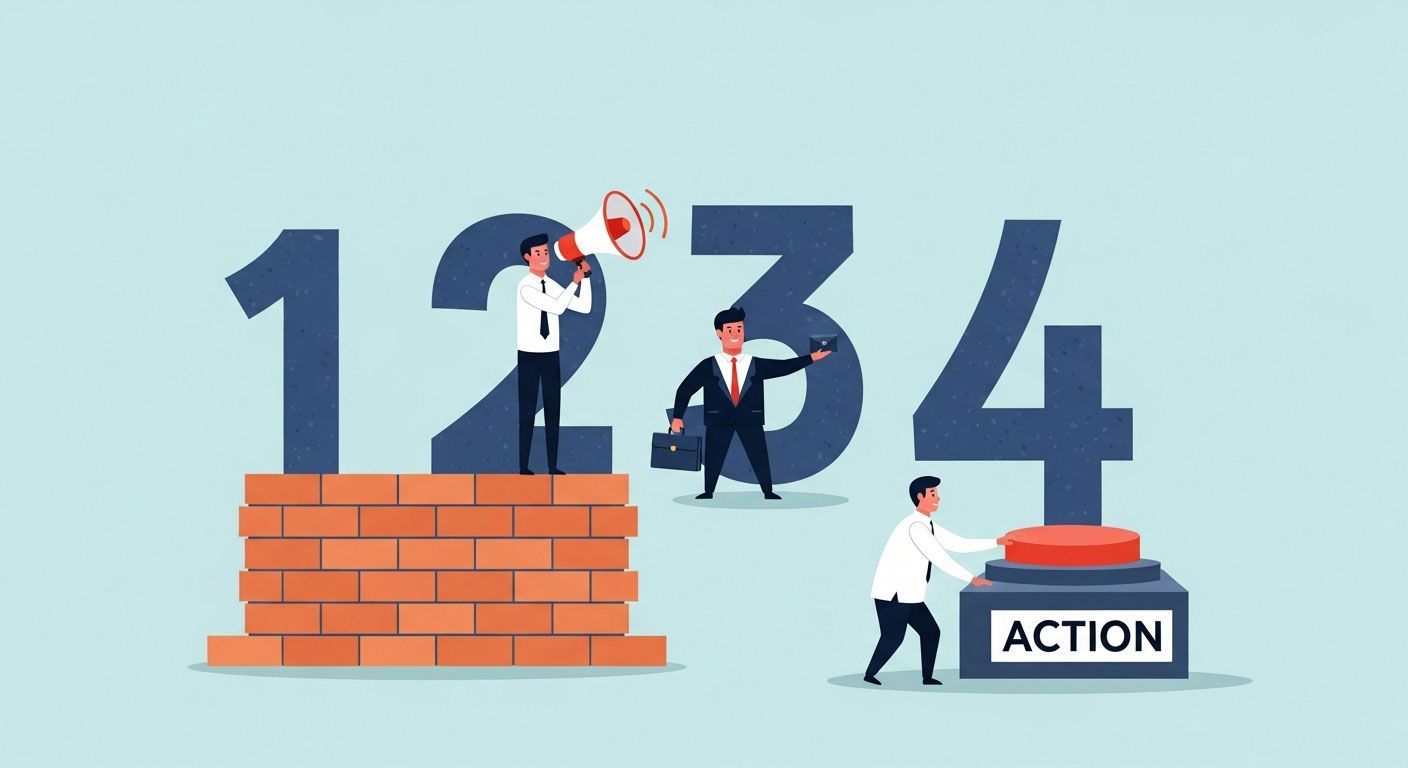How B2B Companies Can Create Effective Content Marketing Campaigns
Doug Mansfield • November 10, 2025
As a consultant for B2B companies, I've seen countless owners struggle with content marketing. They know they should be doing it, but the efforts often feel random, time-consuming, and disconnected from the one thing that matters: sales.

Content marketing can be an incredibly effective tool for reaching new customers, especially in the B2B space. But it's not the same as B2C marketing. It requires a specific, structured approach to be effective. As I've learned from consulting with hundreds of business owners, it's simple to make marketing complicated, but difficult to make it simple.
So, let's make it simple. Here is the effective content marketing strategy I use and advise my clients to follow.
Start with a Clear Objective
Before you write a single word, you must define your goal.
- For Service Providers: If you're like most of my B2B and industrial clients, your goal isn't a direct online sale. Your objective is to increase the number of viable sales opportunities, getting a qualified prospect to make a call, request a quote, or submit an RFP.
- For Product Sellers: If you sell products, especially through an e-commerce platform like Shopify, your goal is more direct: increase online sales.
You must remain mindful of this objective. Let it guide every action you take and every piece of content you create.
Find a Home for Your Content
You need a place to publish new content regularly. A blog on your company website is the most common and practical solution.
Don't get hung up on the word "blog." It's often mistaken for a simple company diary, a place for employee anniversaries or project announcements. While that's fine, we need to view it as a strategic marketing tool. If you prefer, call it "News & Updates" or "Articles" to fit your company's personality.
If your website doesn't have a blog, you must add one. If your current platform makes that impossible, you'll have to create new, standalone website pages. The challenge here is avoiding clutter. Your website's main navigation menu should be reserved for pages designed to drive Action (sales). If you're struggling with these constraints, it may be time to update your website to a platform that features a blog and supports this strategy.
Create a Realistic, Consistent Schedule
Consistency is the key to a successful content marketing strategy. I suggest a minimum of one weekly content update. You should budget 1-2 hours for this update.
Personally, I've been sticking to a daily update schedule for some time. This aggressive schedule is possible only because I have a content plan and have become proficient at the process. It will take you longer at first, but you will get faster as you get into a rhythm.
Build Your Keyword and Internal Linking Strategy
First, create a list of keyword phrases you want to target. These should be specific to your business, like "Houston machine shop" or "Houston logistics company."
It is critical that your website already has pages designed for sales conversions aligned with these keywords (e.g., your main service pages). We need these pages because we are going to use a valuable internal linking strategy.
Each time you create a new blog post, you will find a natural way to link from that new post to your main, "money" service page. This simple action is incredibly important. It informs search engines and AI crawlers which pages on your website are the most important and which keyword phrases they are relevant to.
A best practice is to never write unnaturally just to fit in a link. But as you write about your expertise, you will naturally find opportunities to reference the core services you provide. This practice is a key part of building a strong digital "Foundation".
The Two-Bucket Approach to Content
I suggest creating two different forms of content that fall into two broad buckets.
- Bucket One (Sales): This content directly promotes your products or services.
- Bucket Two (Education): This content avoids sales-speak. Its goal is to showcase your expertise and provide genuinely helpful, educational information without a hard sell.
As a rule of thumb, follow a 3:1 ratio: for every one sales-focused post you create, you should publish three educational posts.
Why "Helping" is the New "Selling" (AEO, GEO, and E-E-A-T)
That 3:1 ratio is vital because of the rise of AI search. Answer Engine Optimization (AEO) and Generative Engine Optimization (GEO) are changing how customers find you.
AI models, like those in Google's AI Overviews and ChatGPT, are designed to find and present the best answer to a user's question, not the best sales pitch. This is where E-E-A-T becomes relevant, a topic I've covered before.
E-E-A-T stands for Experience, Expertise, Authoritativeness, and Trustworthiness. When you write helpful, educational content (Bucket Two), you are directly demonstrating your E-E-A-T.
Here are a few tips to achieve this:
- Write about what you truly know from your hands-on work (Experience).
- Answer the complex questions your customers ask you every day (Expertise).
- Position yourself as a leader in your niche (Authoritativeness).
- Be transparent, factual, and accurate in your writing (Trustworthiness).
This is how you become a citable, authoritative source that AI engines learn to trust.
Using AI as an Assistant, Not a Creator
It's very tempting to ask Large Language Models (LLMs) like ChatGPT or Google Gemini to write your content for you. Do not do this.
These tools are trained on existing content from the web. If you rely on them to write everything, you will only produce generic content that mimics what's already out there. This will rank poorly in both organic and AI search results.
Instead, use AI as your assistant:
- You, the expert, write a complete outline of the content. Include your professional facts, opinions, and unique insights.
- Then, use the AI tool to help you convert that expert outline into a more user-friendly, well-formatted post that is ready to publish.
Amplify Your Content
Once you hit "publish," your work isn't done. You need to amplify the reach of your content by sharing it on relevant off-site platforms.
- LinkedIn: This is the most important platform for B2B marketing. First, publish the content to your LinkedIn Company Page. Then, using your personal profile (and hopefully, the profiles of others on your team), share or repost the Company Page update. Company page updates are notorious for low engagement, but sharing them from a personal profile increases reach and associates a real human with your expert content.
- Other Platforms: You should also consider sharing your new content as a post on your Google Business Profile and your Facebook company page. Use X or other platforms as you may prefer.
A Final Thought: Patience and Persistence
Be patient and persistent. Unlike paid advertising, which can provide instant results, content marketing is a long game.
But here's the difference: a paid ad disappears the moment you stop paying for it. Your content marketing is a long-term investment in your company's brand, reputation, and digital authority. It's an asset that can continue to pay off by attracting new customers for months, and even years, to come.
This structured plan is how you turn a simple blog into a powerful engine for your B2B marketing strategy.
This blog post was created by Doug Mansfield, president and founder of Mansfield Marketing











